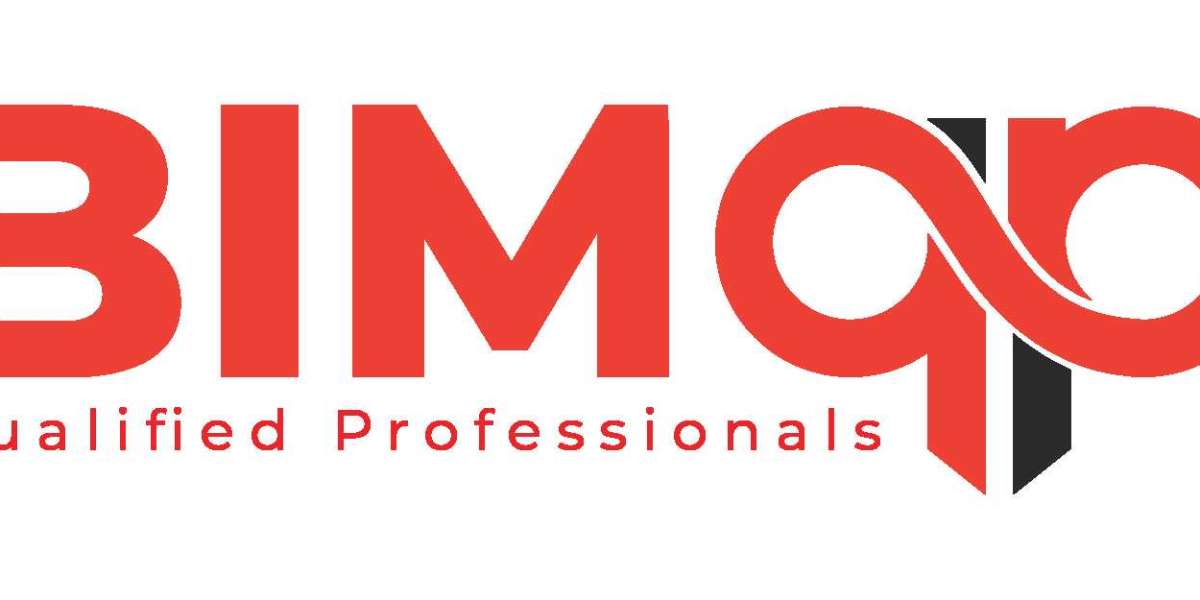BIM Coordination: Transforming the Construction Industry with Building Information Modeling
In contemporary building, BIM coordination has become essential. At every stage of a construction project, the Building Information Modeling (BIM) process improves teamwork, communication, and problem-solving. Error prevention, time savings, and project cost reduction are all possible with efficient BIM collaboration. The definition of BIM coordination, its advantages, and how it can maximize building project success will all be covered in this article.
What is BIM Coordination in Construction?
The management and integration of BIM models across many disciplines (architecture, engineering, and construction) is referred to as BIM coordination. It guarantees that all parties involved—contractors, engineers, and architects—work together and with the same set of data, avoiding disagreements and design conflicts.
In BIM collaboration, all project teams collaborate using shared 3D models and up-to-date project data. The coordination process helps streamline workflow, increase efficiency, and ensure the timely delivery of a construction project.
Principal Advantages of BIM Coordination for Building Projects
- Enhanced Communication and Teamwork
Better collaboration is one of the biggest benefits of BIM coordination. All project participants can work on the same model in real-time by utilizing BIM software like Revit and Navisworks, which greatly enhances team collaboration and communication.
2.Error Reduction and Clash Detection
Clash detection, a fundamental component of BIM technology, detects design conflicts (such as electrical systems and structural parts) prior to construction. Costly on-site modifications and delays are prevented thanks to this early discovery.
3.Enhanced Project Precision and Effectiveness
Project teams may depend on a single source of truth through BIM coordination, guaranteeing correct data and lowering the possibility of mistakes. Using 3D BIM models to coordinate results in a more accurate execution, which reduces construction time and expenses.
4.Time and Money Savings
BIM coordination reduces expensive construction errors by identifying conflicts and enhancing cooperation early in the project lifecycle. Projects are completed on schedule and within budget when there are fewer mistakes to fix.
5.Improved Decision-Making and Project Visualization
BIM models give all stakeholders a clear, three-dimensional picture of the project, making it easier to see the end result. Stakeholder satisfaction rises, design decisions are improved, and decision-making is strengthened.
How BIM Coordination Operates: A Comprehensive Guide
Several steps are included in BIM coordination to guarantee a successful project delivery:
Planning a Project
To guarantee seamless coordination, all stakeholders establish roles, expectations, and collaboration tools (such as Tekla Structures or BIM 360) from the beginning of the project.
Model Development
Every team—structural engineers, MEP engineers, and architects—develops a distinct portion of the BIM model. A single model is then created by combining these models.
Identification and Settlement of Clashes
Potential conflicts between building systems (HVAC, electrical, plumbing, etc.) are found using BIM programs such as Navisworks and Revit. Before building begins, teams work together to overcome disputes.
Monitoring and Execution of Projects
The BIM model is updated often during the building phase to guarantee that all users have access to the most recent data and design modifications.
Top BIM Software Tools for Seamless Coordination
For effective BIM coordination, the right BIM software tools are essential. Some of the most popular tools include:
- Navisworks: Ideal for clash detection and project coordination.
- Revit: A powerful tool for creating detailed 3D models for all disciplines.
- BIM 360: A cloud-based platform for real-time project collaboration and data management.
- Tekla Structures: A specialized tool for structural modeling and BIM integration.
These tools help streamline BIM collaboration and enable smooth coordination across teams, improving overall project efficiency.
Challenges in BIM Coordination
Despite the many advantages of BIM collaboration, there are certain drawbacks:
.Software Compatibility: Integration problems may arise from different teams using different software platforms.
.Training Requirements: To coordinate the models and use BIM technologies efficiently, skilled people are needed. Upskilling and training can take a lot of time.
.Data management: When several teams work on a single BIM model, handling big datasets can occasionally cause lags or performance problems.
Conclusion: The Future of BIM Coordination in Construction
It is impossible to overestimate the significance of BIM coordination as the construction industry embraces BIM technology more and more. It guarantees greater cooperation amongst all parties, enhances communication, and lowers errors. Construction businesses can increase productivity, lower costs, and expedite project delivery by using BIM coordination.
For companies that want to stay ahead in a competitive market, BIM coordination is a must-have practice. Leveraging BIM tools like Revit, Navisworks, and BIM 360 will ensure a smooth, collaborative workflow, leading to successful and on-time project completion.











